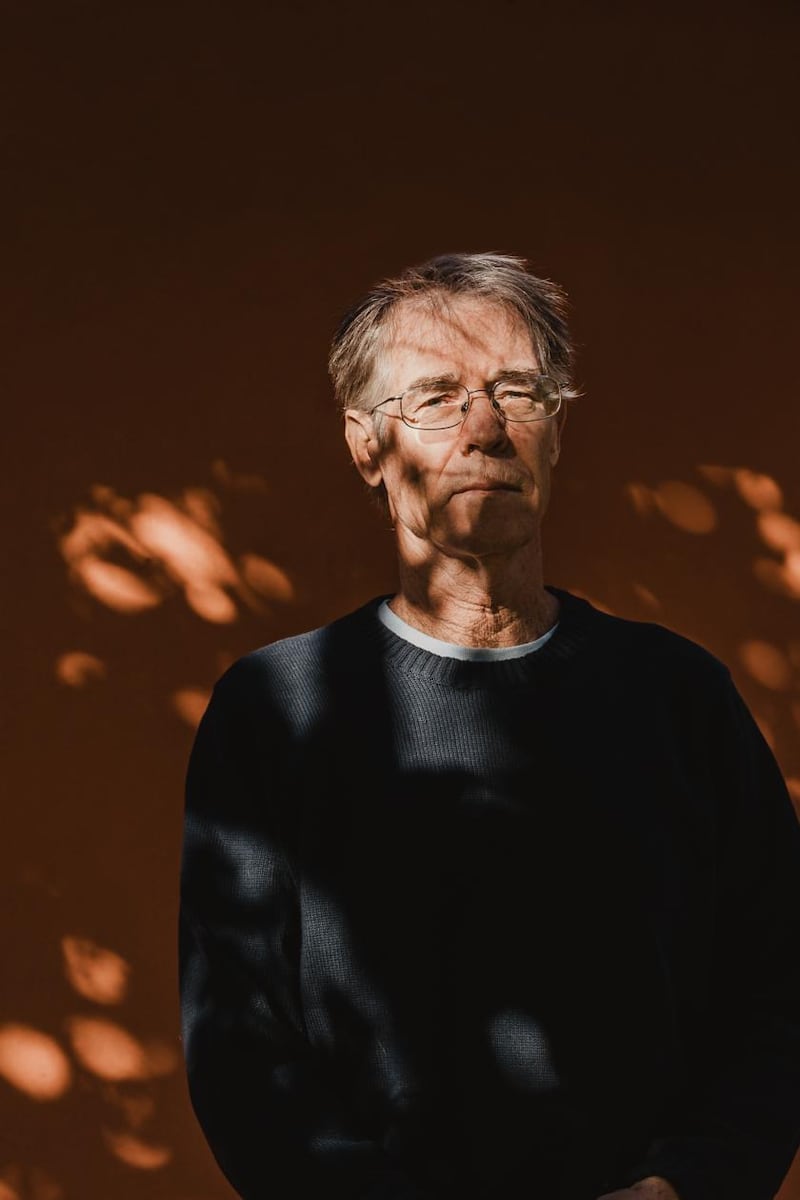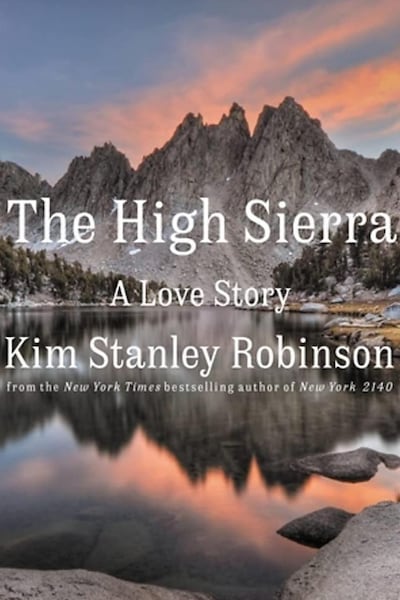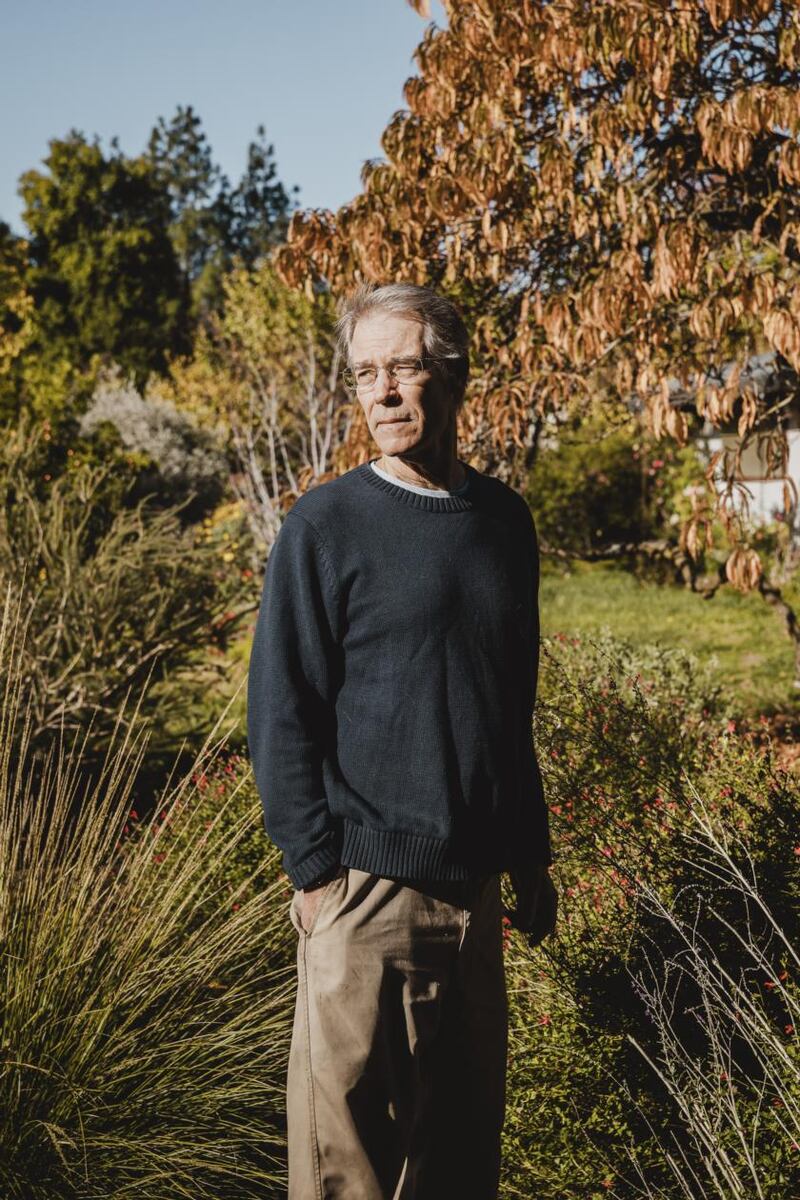Last year, science fiction writer Kim Stanley Robinson was asked to predict what the world will look like in 2050. He was speaking at the United Nations Climate Change Conference in Glasgow and the atmosphere at the summit – billed as the "last, best hope" to save the planet – was bleak.
But Robinson, whose novel, The Ministry for the Future, lays out a path for humanity that narrowly averts a biosphere collapse, sounded a note of cautious optimism. Overcome with emotion at times, he raised the possibility of a near future marked by “human accomplishment and solidarity”.
"It should not be a solitary daydream of a writer sitting in his garden, imagining there could be a better world," Robinson told the crowd. It's a hard time to be a utopian writer, or any sort of utopian. Disaster-filled dystopian stories abound in movies, television and fiction; news headlines verge on apocalyptic. Other masters of utopian speculative fiction – giants such as Ursula K Le Guin and Iain M Banks – are gone, and few are filling the void. At the same time, utopian stories have never felt so necessary.

“You could probably name the most important utopian novels on the fingers of your hand,” Robinson says in an interview. “But they get remembered, and they shape people’s conception of what’s possible that could be good in the future.” At 70, Robinson – who is widely acclaimed as one of the most influential speculative fiction writers of his generation – stands as perhaps the last of the great utopians. It can be lonely work, he says. But lately, his writing has been having an impact in the real world, as biologists and climate scientists, tech entrepreneurs and chief executives of green technology startups have looked to his fiction as a possible road map for avoiding the worst outcomes of climate change.
At the UN’s climate summit last fall, Robinson was treated as a quasi-celebrity. He met with diplomats, ecologists and business leaders, and made the case for implementing some of the ambitious ideas in his fiction – geoengineering to stop glaciers from melting, replacing planes with solar-powered airships, reordering the economy with carbon quantitative easing, with a new cryptocurrency that could fund decarbonisation.
"These are deeply researched, plausible futures he's writing about," says Nigel Topping, the United Kingdom's high-level climate action champion, who invited Robinson to the summit. Robinson's ability to marshal dense scientific and technical detail, economic and political theory and wonkish policy proposals into his fiction has made him a prominent public thinker outside of the sci-fi sphere.
The real story is the one facing us in the next 30 years. It's the most interesting story, but also the stakes are highest
"There aren't a lot of writers who have tried to take a literary approach to technical questions, and a technical approach to literary questions," novelist Richard Powers says. In some ways, Robinson's path as a science fiction writer has followed a strange trajectory. He made his name writing about humanity's far-flung future, with visionary works about the colonisation of Mars (The Mars Trilogy), interstellar, intergenerational voyages into deep space (Aurora), and humanity's expansion into the far reaches of the solar system (2312). But recently, he's been circling closer to Earth, and to the current crisis of catastrophic warming.
Futuristic stories about space exploration feel irrelevant to him now, Robinson says. He’s grown sceptical that humanity’s future lies in the stars, and dismissive of tech billionaires’ ambitions to explore space, even as he acknowledges, “I’m partially responsible for that fantasy”.
In his more recent novels – works such as New York 2140, an oddly uplifting climate change novel that takes place after New York City is partly submerged by rising tides, and Red Moon, set in a lunar city in 2047 – he has travelled back in time, toward the present. Two years ago, he published The Ministry for the Future, which opens in 2025 and unfolds over the next few decades, as the world reels from floods, heat waves and mounting ecological disasters, and an international ministry is created to save the planet.
“I decided that it was time to go directly at the topic of climate change,” Robinson says. “The real story is the one facing us in the next 30 years. It’s the most interesting story, but also the stakes are highest.” Robinson’s latest book, The High Sierra: A Love Story, is unlike any of his previous ones: it’s Robinson’s first major work of nonfiction, and the most personal thing he’s ever published.

Over the book’s 560 pages, Robinson weaves together a geological, ecological and cultural history of California’s High Sierra mountains, with his own story of falling in love with the region as a young man in the 1970s and returning over the decades. Interspersed with dense chapters about granite composition, plate tectonics, glacier formation and the range’s flora and fauna – he describes marmots, the large, goofy-looking rodents that thrive there, as “great people” – Robinson recounts his adventures in the back country and reveals how they shaped him and his work.
He includes snippets of poetry that he wrote while backpacking, describes experimenting with psychedelics in his 20s and recalls his relationships with his literary heroes – sci-fi writers such as Le Guin and Joanna Russ, but also the Zen Buddhist poet Gary Snyder, who praised Robinson for bringing "a whole new language" to his Sierra book.
The book also offers a glimpse of how Robinson’s time in the wilderness instilled a reverence for the natural world that saturates his science fiction. Robinson often rooted his descriptions of Martian landscapes in his observations of the Sierra’s ethereal peaks, valleys and basins, sometimes repurposing notes from his hiking journals directly into his novels. When writing about space exploration, he drew on the sometimes otherworldly feeling that being in the mountains gave him – the exhilaration, isolation and sense of his own insignificance in a geological time frame.
His turn toward nonfiction and autobiography nearly 40 years into his career has surprised many longtime readers – and even Robinson himself. He's always thought of himself as boring, "a white-bread suburban househusband". "My sense of being a novelist was, get out of the way," he says. "It's not about me, pay no attention to the man behind the curtain." Robinson spoke to me on several occasions from his home in West Davis, California, where he lives in an ecologically sustainable planned community called The Villages with his wife, Lisa Nowell, a chemist.
Most days, he writes at a small table in their front yard, with a tarp to keep him dry when it rains and a fan to cool him when it's hot, though lately, he says, he hasn't been writing as much as he'd like. He recently returned from northern India, where he spoke at a climate conference hosted by the Dalai Lama. Later this month, he's scheduled to travel to Davos, Switzerland, where he will give a lecture about how to combat climate change at a conference hosted by the Swiss Federal Institute of Technology.

Being an in-demand, and somewhat reluctant, public intellectual has left Robinson struggling to find time to start a new novel. But he’s also been reassured by the enthusiastic response to his climate fiction, and has started to map out ideas for new work that builds on the story he told in The Ministry for the Future, he says.
Robinson discovered his love of science fiction at the University of California, San Diego, where he majored in literature and received his doctorate in English. Literary critic Fredric Jameson, who was a professor there, urged him to read Philip K Dick – and Robinson was hooked.
In the 1980s, he published his first sci-fi series, a formally innovative trilogy that traced three different futures for Orange County, California, where he grew up. Each book followed a classic futuristic sci-fi formula – one post-apocalyptic, in the aftermath of a nuclear attack; one dystopian, set amid the ruins of unchecked suburban sprawl and environmental degradation, and one utopian, as the region evolved into an ecological paradise. The trilogy, Three Californias, was nominated for major science fiction awards. Robinson was praised in The New York Times for having "virtually invented a new kind of science fiction".
Since then, Robinson has experimented liberally with sci-fi tropes, writing everything from an alternate history of China to an epic about deep space exploration to a speculative historical novel set in the ice age. But he's become best known for his deeply researched utopian stories, which use science fiction as a framework to explore alternate social, economic and political systems.
Nobody makes a successful prediction of the future. Except for maybe by accident
Writing utopian fiction is hard, Robinson says: it’s not easy to write a gripping story about the mechanisms that drive social progress. “Novels are really about what happens when things go wrong,” Robinson says. “If you propose plans for how things go right, it sounds like civics, it sounds like blueprints. A utopia’s architectural blueprints are, let me show you how the sewage system works so you don’t get cholera. Well, that doesn’t sound exciting.”
But things can go horribly wrong on the road to utopia, as they do in The Ministry for the Future, which opens as a devastating heat wave in India kills millions of people. "As a utopia, it's a very low bar," Robinson says. "I mean, if we avoid the mass extinction event, we avoid everything dying, great, that's utopia, given where we are now." When Robinson is asked to forecast the future, as he often is, he usually hedges. He argues that "we live in a big science fiction novel we are all writing together" – but he's not sure if it's going to be a utopian or dystopian one. "Nobody makes a successful prediction of the future," he says. "Except for maybe by accident." – This article originally appeared in The New York Times












